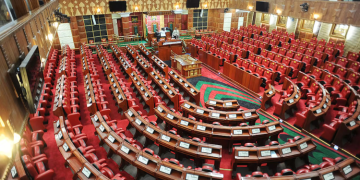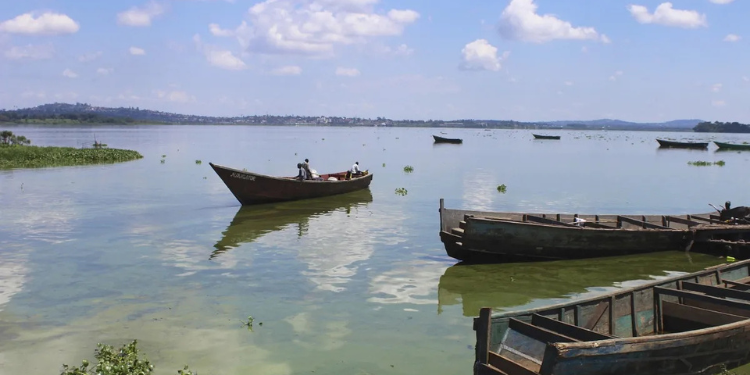To apply for a Wetland Use Permit in Kenya, you must follow a structured process regulated by the National Environment Management Authority (NEMA) under the Environmental Management and Coordination Act (EMCA), 1999, and the 2009 Wetlands Regulations.
This article provides a step-by-step guide on how to apply for a wetland use permit.
When Do You Need a Wetland Permit?
You need a permit if your activity involves:
- Construction (e.g., buildings, roads, bridges) in or near wetlands.
- Agriculture that disturbs soil or water flow.
- Draining, filling, or altering a wetland.
- Planting crops or non-native species in wetlands.
- Water abstraction or activities affecting water quality (may also require a Water Resources Authority permit).
Step-by-Step Application Process
- Identify Wetland Presence
Before applying for a Wetland Use Permit in Kenya, the first and most critical step is to determine whether your project site lies within or near a wetland.
This process, known as wetland delineation or identification, ensures that developers do not unknowingly encroach on protected ecosystems.
Only certified experts are authorized to conduct wetland assessments.
They will determine whether the area qualifies as a wetland, the type of wetland (e.g., swamp, marsh, or seasonal wetland) and the extent and boundaries of the wetland.
The expert’s report is a mandatory attachment when submitting your Wetland Use Permit application to NEMA.
-
Consult NEMA
NEMA advises all applicants to first engage with NEMA or their County Environment Office before proceeding with formal education.
Here, NEMA confirms the need for a permit based on your project’s nature and location.
-
Conduct an Environmental Impact Assessment (EIA)
Prepare an EIA report with a NEMA-certified expert. This is mandatory for most projects.
-
Submitting a Wetland Use Permit Application
Submit your application to the nearest NEMA County Office or directly to NEMA Headquarters in Nairobi.
Required Documents
- Completed Wetland Use Permit Application Form (available from NEMA or county offices)
- Approved EIA License
- Wetland Assessment Report
- Project Proposal/Design
- Proof of Land Ownership or Lease Agreement
- Public Participation Report
The application fee varies depending on project size and type, typically ranging from Ksh10,000 to Ksh15,000.
Once submitted, NEMA will review your application, conduct site inspections, and issue a decision.
If approved, you’ll receive a Wetland Use Permit with specific conditions to follow.
Compliance and Monitoring
Once NEMA issues your Wetland Use Permit, you must comply with all the conditions outlined in the permit and ensure your project continues to protect the wetland environment.
Follow the Environmental Management Plan (EMP) submitted during the EIA and avoid any unauthorized changes to the project scope or location.
NEMA conducts routine inspections and environmental audits to ensure compliance.
You may be required to submit periodic environmental monitoring reports.
Non-compliance can lead to:
- Fines up to Ksh2 million
- Permit revocation
- Restoration orders
- Legal action or imprisonment
NEMA advices all Wetland Permit owners to keep a compliance logbook documenting all environmental activities, inspections, and mitigation efforts.
Also Read: Complete Guide on How to Apply for a Biodiversity Conservation Permit from NEMA
This not only helps during NEMA audits but also protects you legally in case of disputes or complaints.
Why Kenya’s Wetlands Matter
Kenya’s wetlands, ranging from swamps and marshes to river deltas and highland lakes, are vital to the country’s environmental health, economy, and communities.
Wetlands support a wide variety of plant and animal species, including endangered birds, fish, amphibians, and mammals.
Wetlands act as natural filters, removing pollutants from water.
Also Read: How to Appeal a NEMA Decision in Kenya
They also recharge groundwater and regulate water flow, reducing the risk of floods and droughts.
Millions of Kenyans depend on wetlands for fishing, farming, livestock grazing, and harvesting of materials like papyrus and reeds.
Wetlands store large amounts of carbon, helping to mitigate climate change.
Follow our WhatsApp Channel and X Account for real-time news updates.





![President Ruto Address During Mashujaa Day And How He Honored Raila [Full Text Speech] President Ruto Address During Mashujaa Day And How He Honored Raila [Full Text Speech]](https://thekenyatimescdn-ese7d3e7ghdnbfa9.z01.azurefd.net/prodimages/uploads/2025/10/ruto-mashujaa-address-360x180.jpg)






































































